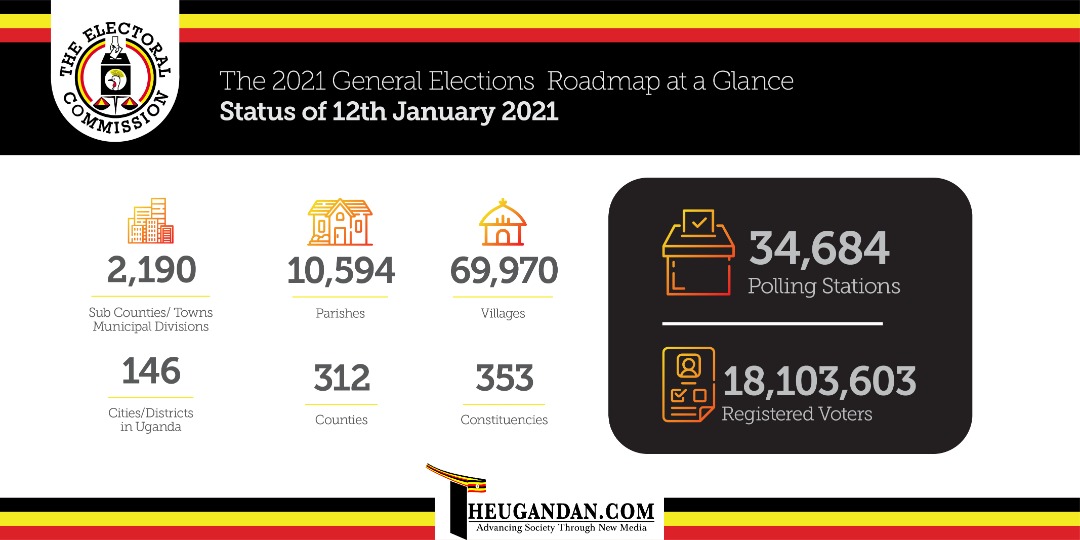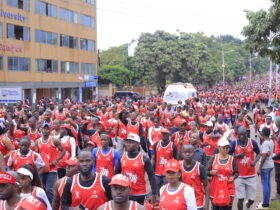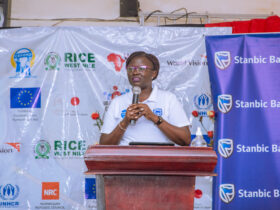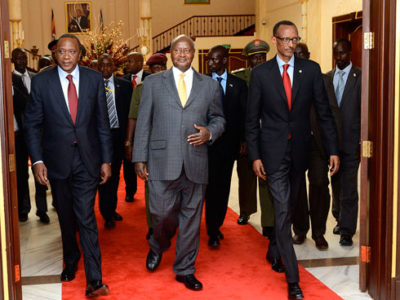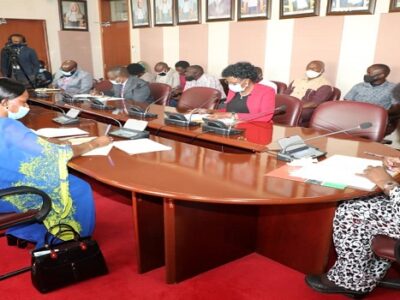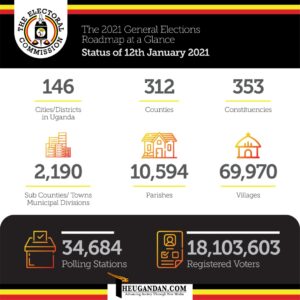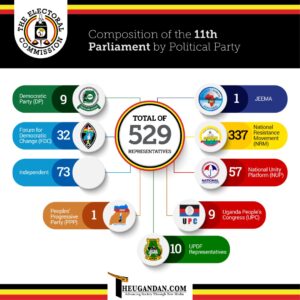Overweeningly, there is a fallacy about the UGX 29 trillion budget for Financial Year 2017/18. Only UGX 22 trillion will be spent on the 18 sectors (including statutory entities, central government, and local government and interest payments). What most call debt repayment of about UGX 5-6 trillion is simply debt roll-over. Simply re-contracting the debt instead of paying it off. This is because the 2015 Public Financial Management Act requires all debt both domestic and external to be approved by Parliament. Debt
This is because the 2015 Public Financial Management Act requires all debt both domestic and external to be approved by Parliament. Debt rollover is considered as new debt and thus the inclusion in the FY 2017/18 budget. For the third year in a row, FY 2017/18 will include provisions for refinancing of maturing domestic debt (also known as Treasury redemptions) to a tune of UGX 5 trillion or 22 % of the proposed budget compared to 19 % in FY 2016/17.
With an estimated population of UGX 40 million, each Uganda is worth UGX 550K in the next financial year budget. Gender mainstreaming huh? The top 4 sectors with largest budgetary allocation FY 2017/18 are led by women. That is Works and Transport, Education, Energy and Heath.
The approved budget for FY 2017/18 represents 7.6% increment from the FY 2016/17 approved Budget and the increment of 7.6% from previous approved budget is lower than the sum of FY 2016/17 inflation outturn (5.5%) and population growth (3%), implying a lower budget in terms of real per capita expenditure.
Overall, the budget deficit (expenditure in excess of domestic revenue) will account for 5.6% of the GDP in FY 2017/18 and which GDP is expected to cross the UGX 100 trillion mark for the first time. Cumulative fiscal deficits tantamount into public debt. Uganda’s public debt outstanding is USD 9.8 billion (about 38.6% of GDP) and with the forecast budget/ fiscal deficit, the public debt will cross the 40% of GDP in FY 2017/18.
The fiscal deficit will be financed by both domestic (18%) and external borrowing (82%). Domestic borrowing is expected to be kept slightly at less than 1% of GDP. The rest will be external loans, of which 63% will be from non-concessional terms (shorter term and fairly close to market times). 33% of the non-concessional external loans will go towards Karuma and Isimba Hydro Power dams.
Already government is the largest borrower from the domestic market and domestic debt to domestic revenue ratio will remain nearly at 1. While domestic debt accounts for about 30% of the outstanding public debt, in terms of debt servicing expected in FY 2017/18 – it will account for 76% of interest payments due. Interest payments at 12.2% of the approved FY 2017/18 is the second largest share of the budget and the largest share of the budget funded by domestic revenue.
While the Infrastructure sectors of Works and Transport and Energy and Mineral Development account for 31.4% of the approved budget FY 2017/18, they remain heavily funded by external sources. The works and transport sector will be funded 49% from external sources and mainly loans (non-concessional) while energy sector -83% of the approved FY 2017/18 will be funded from external sources (largely loans).
The social development sectors of education, health and water and environment accounts for 23% of the approved budget FY 2017/18 compared to a high of 37% in FY 2002/03. These accounts for 23% of the approved budget FY 2017/18 compared to 24% in FY 2016/17, representing a 6% reduction in nominal allocations to these sectors compared to 31% reduction in the first budget framework for FY 2017/18. The reductions are mainly to the water and sanitation sector. Broadly per capita social development expenditure is reducing.
The agricultural sector which exhibited a recessionary trend (negative growth for two consecutive quarters) largely due to drought accounts for 3.8% of the budget FY 2017/18 of compared to 4% in FY 2016/17. However, in nominal terms, the allocations increase by nearly one percentage point.
Only 12% of local governments’ budget will go to development activities. And 11% of the local government allocation will go for development budget.
Lastly only 0.2% of GDP allocation has been provided in FY 2017/18 for domestic arrears clearance yet the outstanding arrears as verified by Auditor general end of June 2016 were at 3% of GDP.
By :Enock Nyorekwa Twinoburyo-Economist
